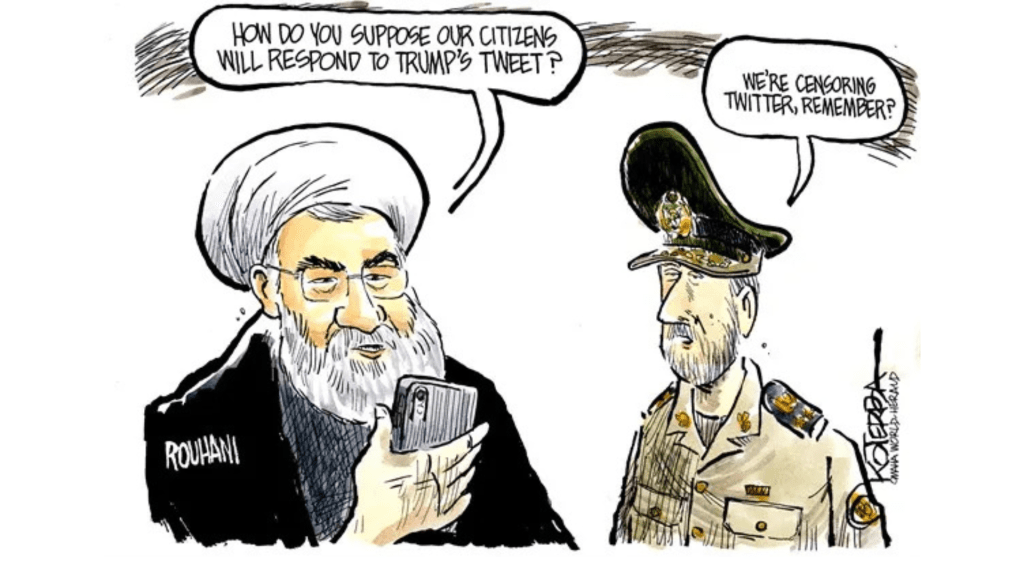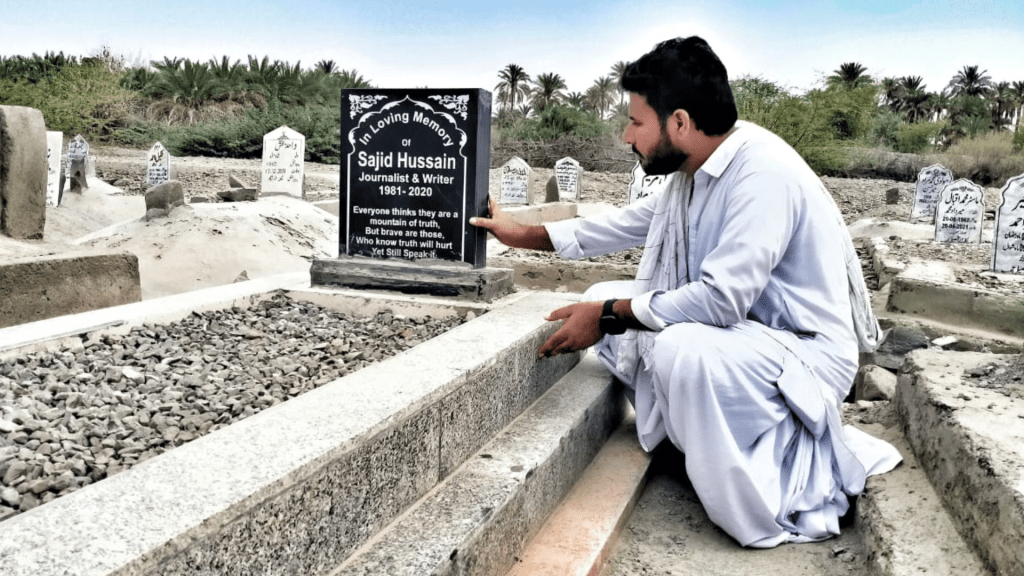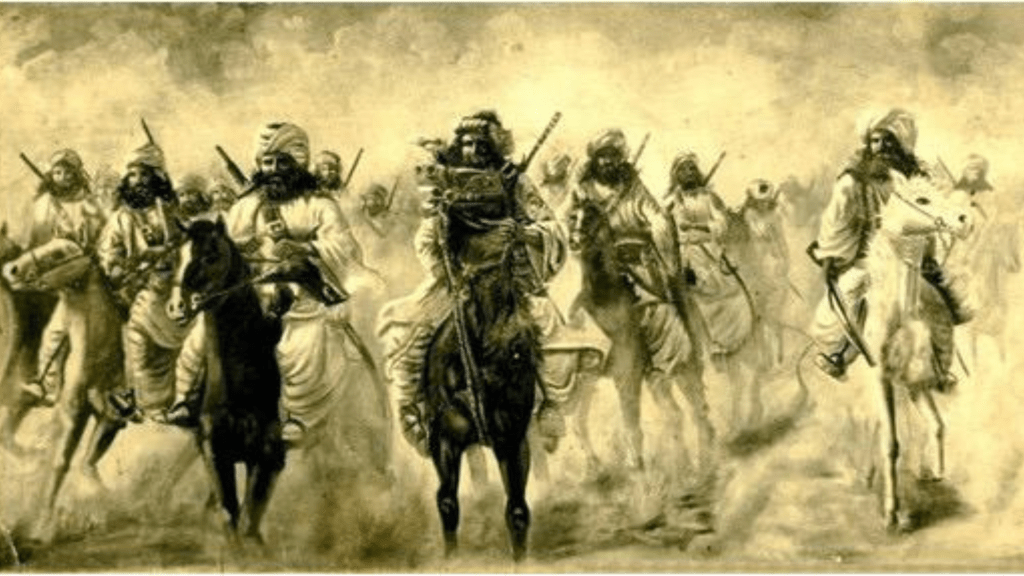Death squads are groups of local men, mostly thieves and drug peddlers, whom Pakistan’s intelligence agencies use to counter the resistance in Balochistan. Most areas in the province have such groups, that sell drugs, loot, abduct and kill without fear of consequences as a reward for their services of organising celebratory car rallies on occasions such as August 14 and March 23. They also take out protest rallies mostly against Baloch political activists, never forgetting to link them to India, which they blame for all of Balochistan’s troubles.
Human rights groups such as the @HRCBalochistan believe the death squads do the dirty work for the intelligence agencies, such as burning villages, intimidating and abducting activists. On the surface most of them are affiliated with political parties. They also harrass women, mostly family members of political activists.
One can hardly find an area that is without a gun-toting strongman. Shafiq Mengal operates in the Khuzdar region, Mufti Shahmir in Turbat, Ali Haider Mohammad Hasni in Awaran. There are similar gang leaders of varying degrees of power and influence in most other districts. In some cases the squads have asked for ransom after they abducted innocent people. In some cases they asked for ransom after the paramilitary Frontier Corps abducted innocent people. The police are either powerless to stop them due to their connections or cooperate with them for gains.
Part of the incentive the death squads are nurtured is to create fear and silence dissenting voices, and the strategy was successful to some extent in the past since there were not many mass demonstrations in Balochistan apart from Quetta in the 2010s despite the army’s uninterrupted highhandedness in this period. People, though fed-up of the death squads, were afraid to talk about them openly due to the fear of a violent reaction from them as well as their handlers.
The Bramsh rallies
In May 2020, death squad goons in Turbat entered a home in the middle of the night, killing a woman and injuring Bramsh, her then 4-year-old child. The woman, Maliknaz, was shot after she offered resistance. One of the goons caught by her family members admitted they were sent to Bramsh’s home by Sameer Sabzal, a man who led one of the many death squads in Turbat for the Military Intelligence and was a member of the then ruling Balochistan Awami Party.
The images of the Dannuk incident went viral, sparking widespread protests across Balochistan and parts of other provinces. During the JusticeForBramsh rallies, activists spoke out against the death squads, and demanded they be dismantled.
The protests paid off in a way as later one of the culprits was sentenced to death by a judge and another was sent to prison for life.
The Bramsh rallies played a crucial role in reducing the sense of fear that the army and the squads had created. Most of those rallies were organised by the Bramsh Yakjehti Committee (BYC), which has since become more organised and is now known as the Baloch Yakjehti Committee. The BYC has been leading an ongoing sit-in protest of Baloch missing persons’ families in Pakistan’s capital, Islamabad, for an end to the practice of forced disappearances in Balochistan and release of missing persons.
But the death squads are still operating with the alleged approval of the State, as seen at a government-sponsored sit-in camp of some death squad members near the BYC’s protest camp in Islamabad. A squad also took out a car rally in Turbat today, and, with assault rifles in their hands, said they deserved the same symapthy from the media as the families of Baloch missing persons.



